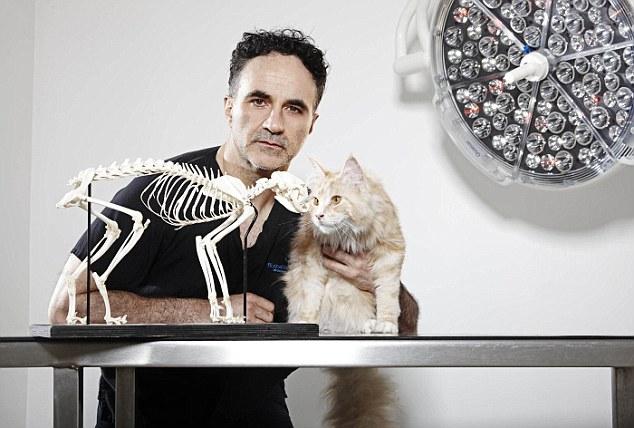The practice of medicine in fraught with moral and philosophical conundrums. The more complex and dramatic the medical intervention, the deeper the questions connected to such activities. Questions that have been in the public eye range from the debate over the right to refuse vaccines or other medical treatments because of religious belief to questions regarding both end of life and beginning of life decisions.
In veterinary medicine, many (though not all) of the moral dilemmas faced by people doctors are also confronted. One area where veterinary medicine appears to have had less trouble than human medicine is in the area of end of life decisions. As animals cannot express their desires, we seem to have developed a greater degree of comfort with understanding that at times the best path for an animal is to be released from suffering through euthanasia.
Like all complex issues, there is an emotional element to this decision that not only makes it more difficult, but also provides the only possible mechanism by which an answer can be reached. Now that so much can be accomplished the question is no longer one of possibility but rather of what is right.
At what point is it determined that despite the fact that it is possible to save an animal’s life, it is in the best interest of the animal not to do so? As Professor Fitzpatrick has stated:
“The bottom line now is that anything is possible, if you have a blood and nerve supply. That means that we now have a line in the sand: not what is ‘possible’ but what is ‘right.’ In the past it was the case of if it wasn’t possible, you’d move to euthanasia.”
And it’s not a question that can just be dismissed. Fitzpatrick argues that we owe it attention as the flipside to having received so many benefits built on the suffering and death caused by testing on animals. Attempts to address the issue generally hinge upon ideas of the quality of life of the animal post-procedure. And with animals unable to clearly indicate their wishes, it’s up to their human caretakers to make the best decision for them, something that can be exceedingly difficult as possibilities expand and given the nature of our attachment to our pets.
Now, if you’ll excuse me, I have to see if I can convince my rats to stop procrastinating and complete their living will documents. Thoughts on this topic? Discuss in the 3D Printing & Veterinary Ethics forum over at 3DPB.com.
